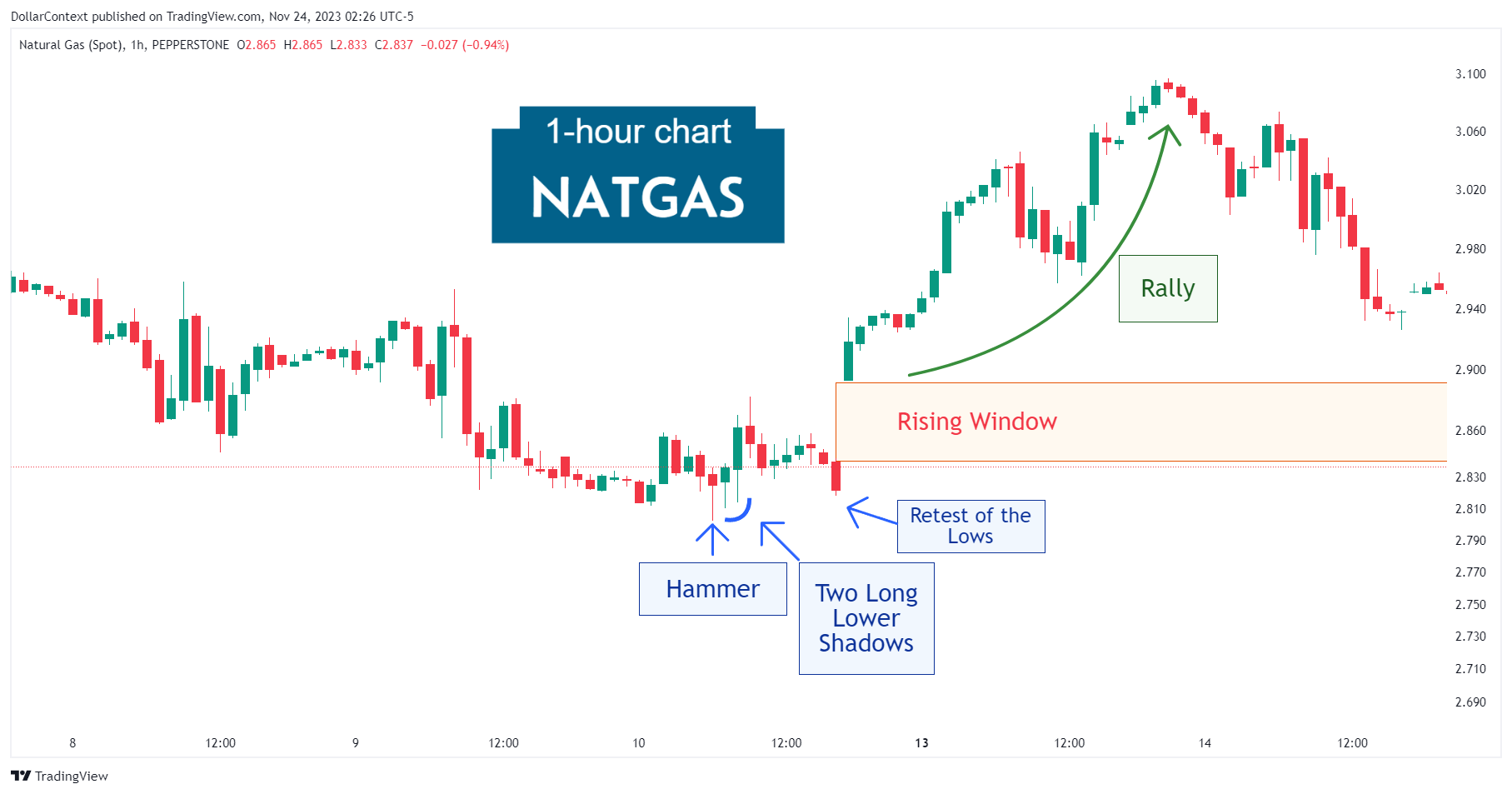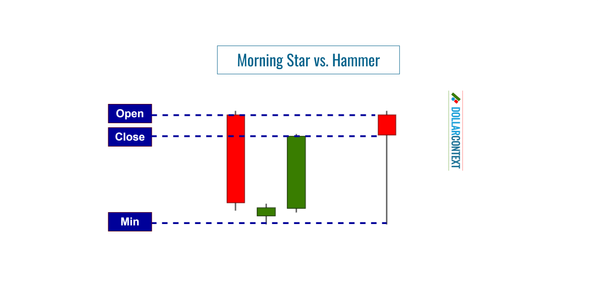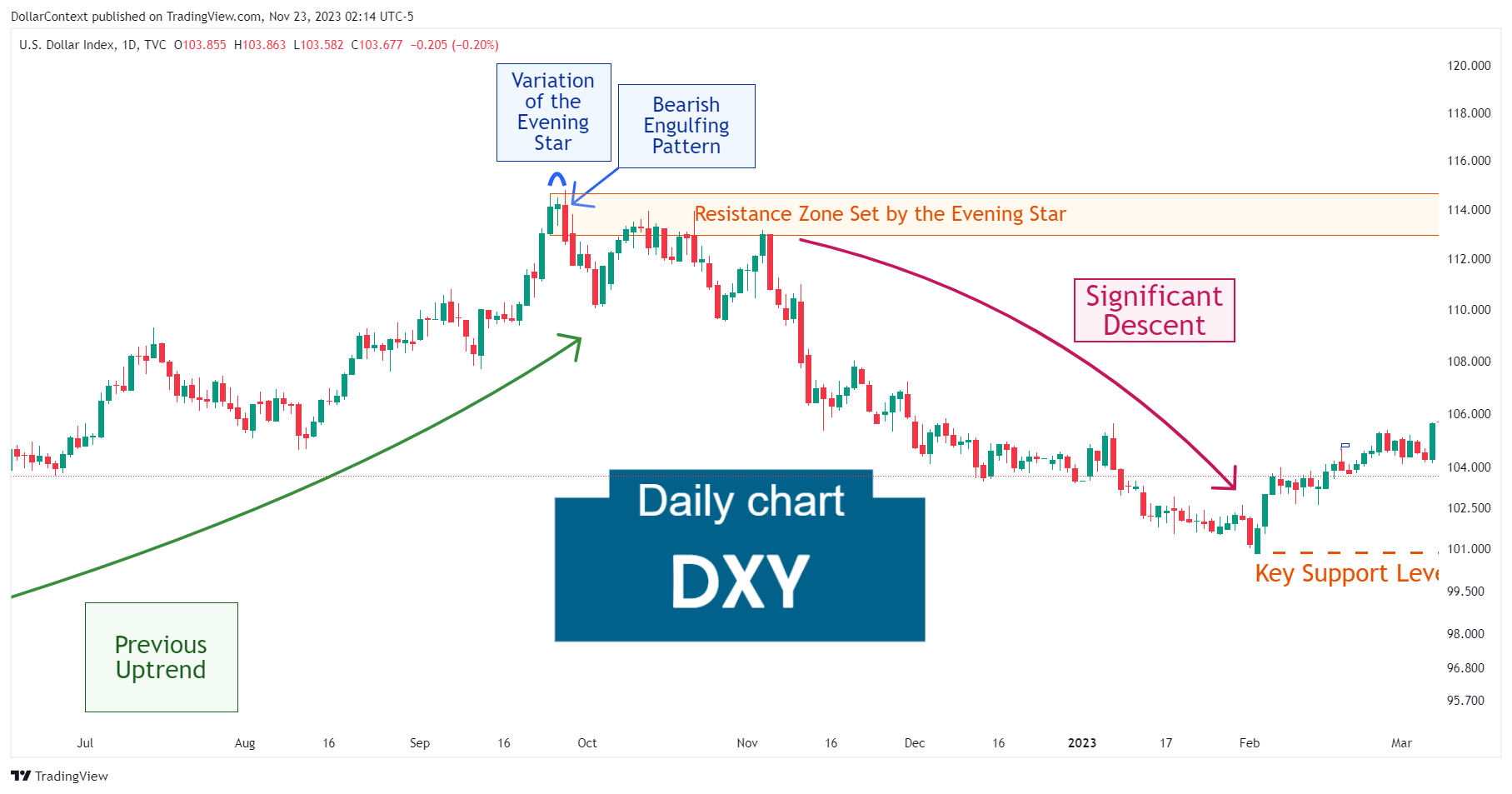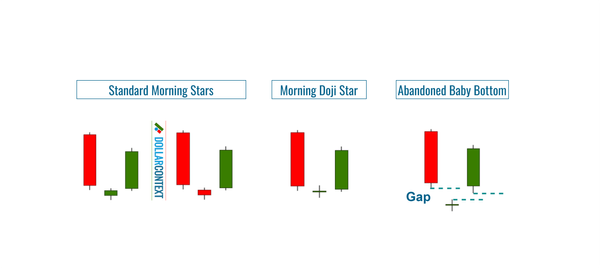EUR/USD: Evolution and Outlook
We'll examine the drivers that have shaped the EUR/USD pair since 2020 and wrap up by discussing the pair's future movements.
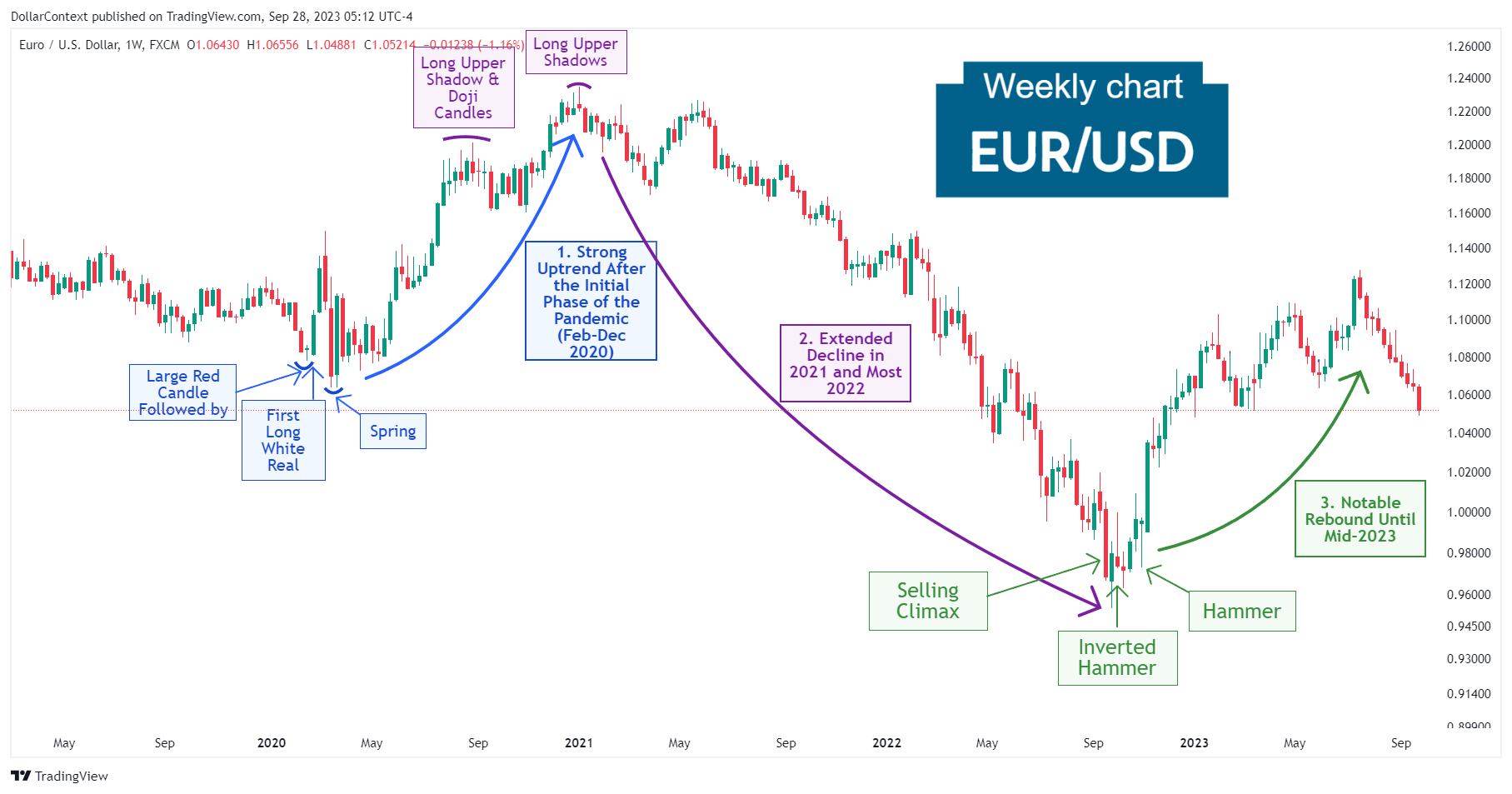
In this article, we'll examine the main drivers that have shaped the direction of the EUR/USD pair from 2020 onward. We'll wrap up by discussing potential elements that might guide the pair's future movements.
1. February 2020–December 2020: Strong Uptrend After the Initial Phase of the Pandemic
Influenced by the early stages of the pandemic in Europe and the U.S., the EUR/USD experienced pronounced market volatility in early 2020.
From February to March 2020, a sequence of candlestick formations detailed below suggested the potential end of the previous downtrend:
- Large Red Candle Followed by a doji in the first half of February 2020
- Long White Real Body: It's worth noting that this candle was the first tall white (or green) candle in the EUR/USD in a long time.
- Spring: Initially, the pair dipped below the support level set by the doji, but then quickly reversed and moved back above that level, indicating potential strength in the EUR/USD.
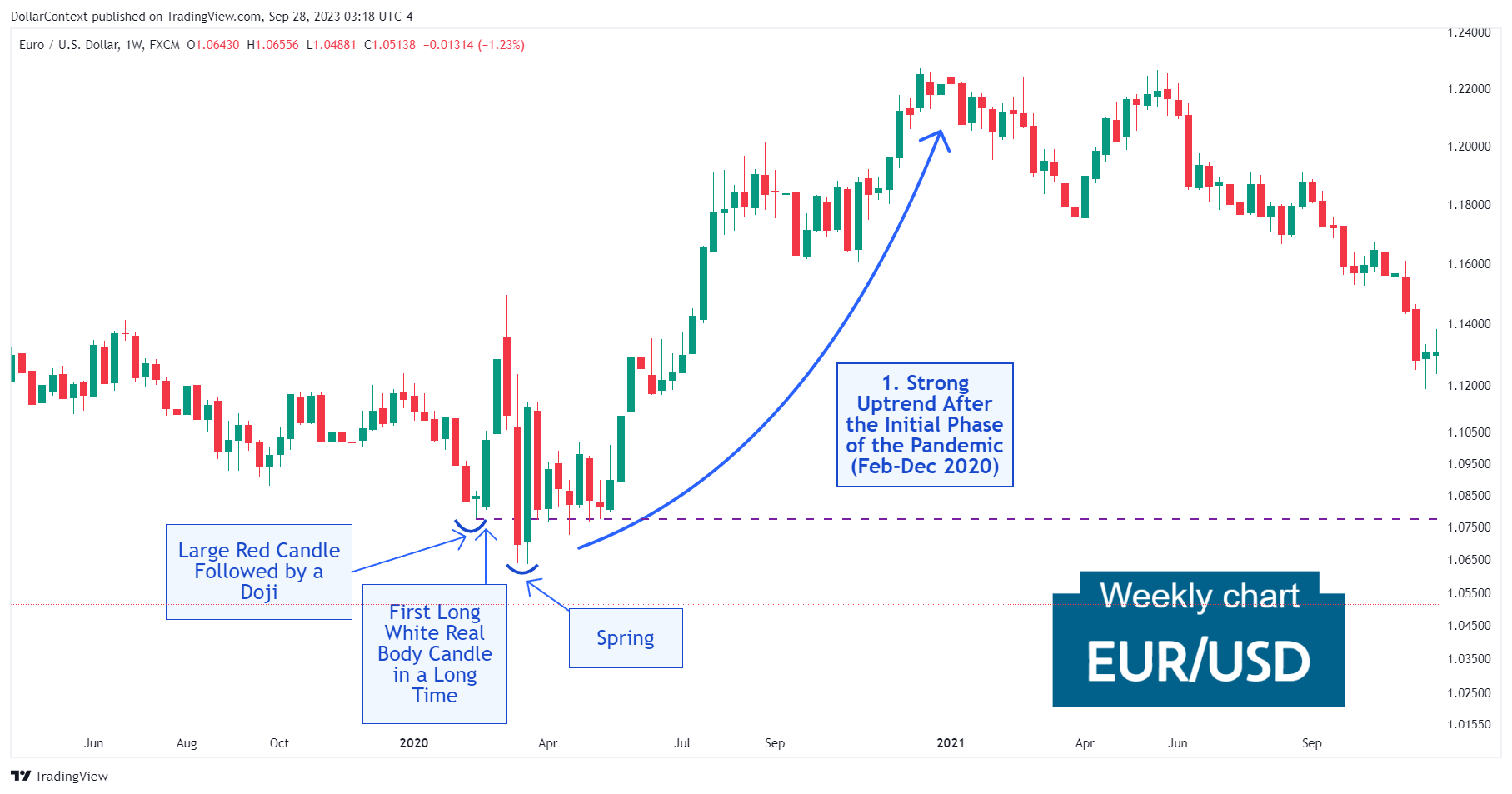
2. 2021 and Most 2022: Sustained Downtrend
Throughout 2021, monetary authorities maintained a policy of low-interest rates. However, as inflation figures continued to rise, both the Fed and the ECB initiated a vigorous rate-hiking cycle that remains in effect to this day.
A group of long upper shadow and doji sessions in mid-2020 signaled that the previous trend could be in danger. Instead of reversing, the market staged a brief sideways trend before resuming the last move upward, which concluded with another series of long upper shadows.
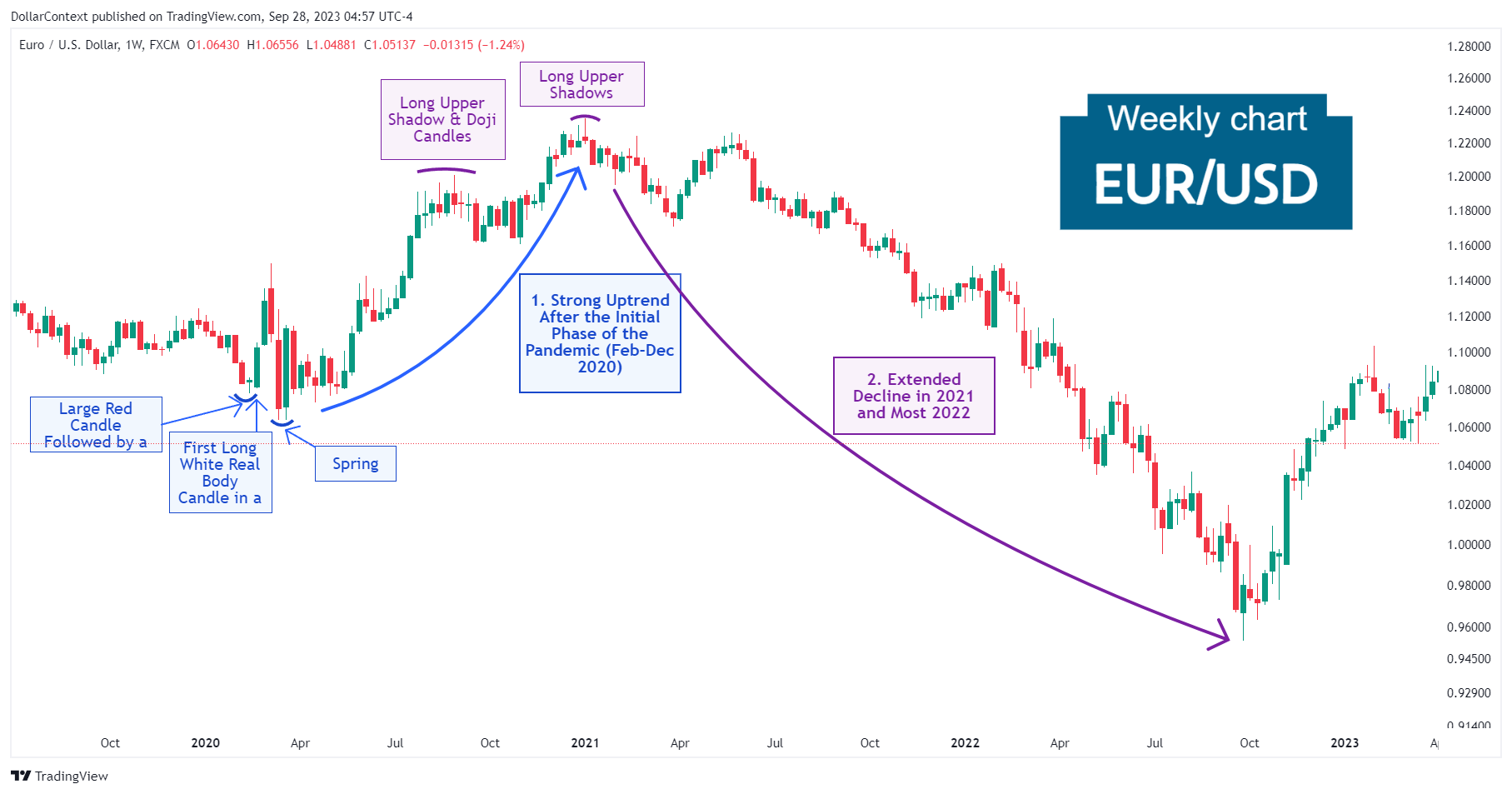
3. Late 2022–Mid-2023: Notable Rebound
An unusually tall long red candle in the fourth week of September 2022, which can also be viewed as a selling climax, suggested that the previous decline could be bottoming. A few weeks later, an inverted hammer and a hammer pattern reinforced the bullish reversal hypothesis. This is what unfolded as the EUR/USD displayed a notable recovery from those levels.
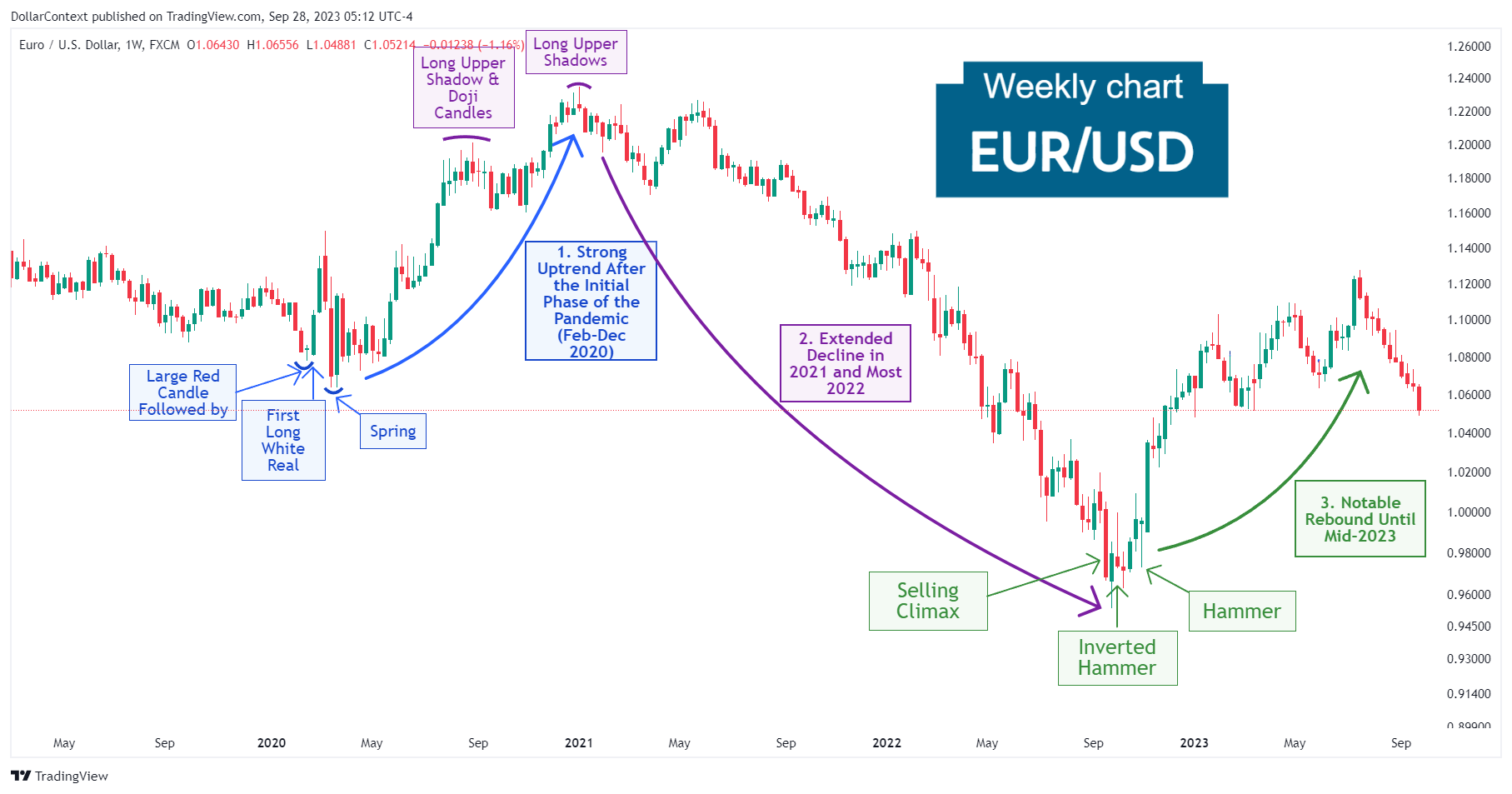
4. Outlook for Late 2023 and Throughout 2024
While the immediate trajectory of the EUR/USD pair remains uncertain, several pivotal elements could shape its forthcoming course:
- AI-Driven Market Sentiment: The rise of artificial intelligence may sway market sentiment, favoring more speculative assets, and therefore the EUR/USD.
- Economic Downturn Concerns: Aggressive interest rate hikes by the Federal Reserve, alongside alarming indicators like the inverted yield curve and other forward-looking economic signals, suggest a potential global economic slump in 2024. The U.S. dollar is often seen as a "safe-haven" currency, especially against the euro. In times of global economic uncertainty or geopolitical tensions, investors might buy dollars.
- Surging Public Debt: A marked uptick in the federal government's deficit prompts worries about mounting national debt. This development might influence the USD's valuation in the upcoming years.


